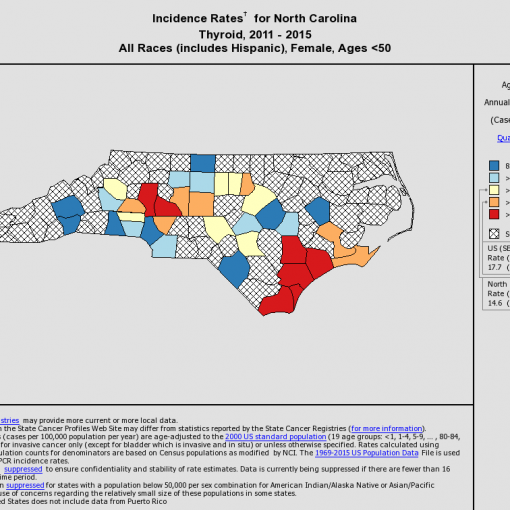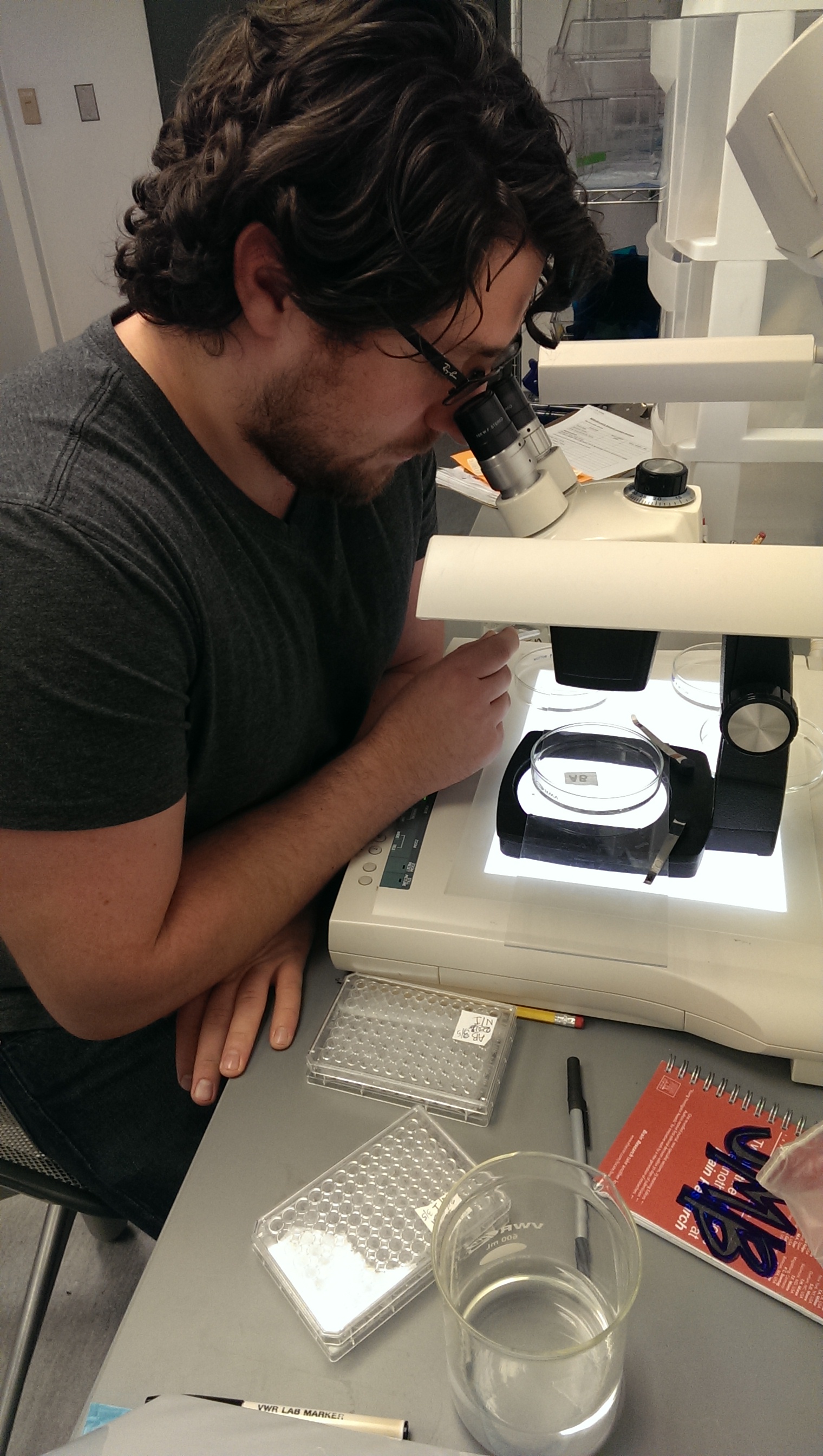By Margaret Morales & Gretchen Kroeger
In my last post I wrote about the Stockholm Convention Treaty for the international regulation of persistent organic pollutants (POPs). The United States remains one of a handful of countries that has not ratified the Treaty. One key reason for this is that several US laws stand in contradiction to parts of the treaty. Specifically the safety standards employed by the Toxics Substance Control Act (TSCA), and the Federal Insecticide, Fungicide, and Rodenticide Act (FIFRA) are very different from the safety standard of the Stockholm Treaty.
Both of these acts employ a cost-benefit analysis to weigh the adverse effects of chemicals, taking into account the financial costs of any potential regulation. TSCA in particular uses what it terms an ‘unreasonable risk’ standard to determine which chemicals require regulation. Often this type of safety standard results in a conservative approach to chemical testing, as testing is usually undertaken only when there is already significant evidence that a chemical causes significant risk to human or environmental health. Many activists groups have spoken out against a safety standard based on ‘unreasonable risk,’ citing the EPA’s inability to ban asbestos under this standard, despite its known health risks.

In contrast, the Stockholm Convention uses a ‘health-based’ standard to determine risks from POPs. This standard relies only on health information and does not explicitly weigh this information against other social priorities, such as economic benefits. Under this standard a chemical is only considered safe to use when there is “reasonable certainty of no harm to human health or the environment”. The health-based safety standard also requires attention to all uses and sources of exposure to a chemical, particularly for vulnerable populations such as children, or those who are at risk of disproportionately high exposure. In fact, this past fall, Dr. Heather Stapleton (Project 2 and the Analytical Chemistry Core) was invited to the UN Environment Program’s Persistent Organic Pollutant Committee’s Annual Meeting in Italy where she provided scientific testimony on the debromination of decaBDE, a flame retardant chemical used in electronics and textiles. Debromination of decaBDE to lower-brominated congeners increases the compound’s risks to the environment and human health. The committee subsequently approved a risk profile for decaBDE and plans to draft a risk management evaluation.
Which standard we choose to employ when weighing the risks of a chemical brings up some ethical questions. Last year HBCDs were added to the list of POPs regulated under the Stockholm Convention Treaty and the amendment will came into effect this past November. HBCDs are a class of brominated flame retardant used in a variety of products and their impact on human and environmental health has been a topic of hot discussion lately particularly for their potential to act as endocrine disruptors and neurotoxins. Despite these discussions, their production continues in the United States.

So why does their production in the US continue? There are multiple factors that play into decision-making regarding this chemical. For instance, there are different lenses applied for weighing the risks and benefits of a chemical. HBCD does come with a variety of benefits. Beyond the economic benefits it offers the building industry, and its use in reducing fire hazards, some argue that HBCD may help cut greenhouse gas emissions. This is because of one of it’s main uses – polystyrene insulation, an insulation favored by green-builders for its effectiveness in reducing home energy expenditures.
Each of these safety standards represents a different paradigm of how we measure and understand the adverse effects from chemicals. If you are interested in finding out more about proposed legislation to change the safety standards currently employed by the TSCA and FIFRA, read more about the Safe Chemicals Act of 2013, and the Chemical Safety Improvement Act.




